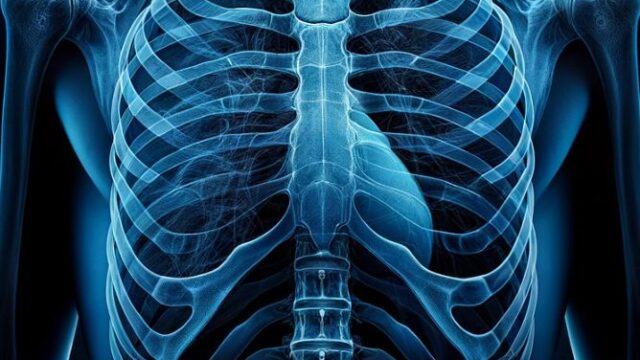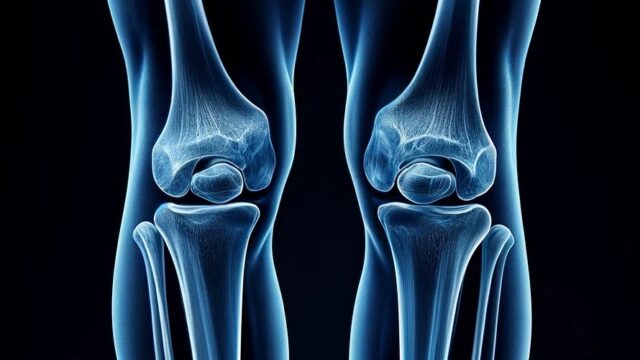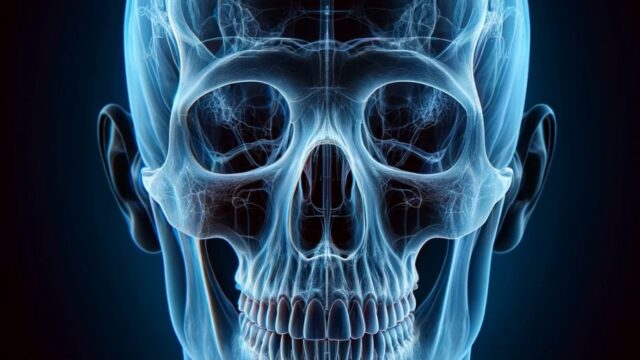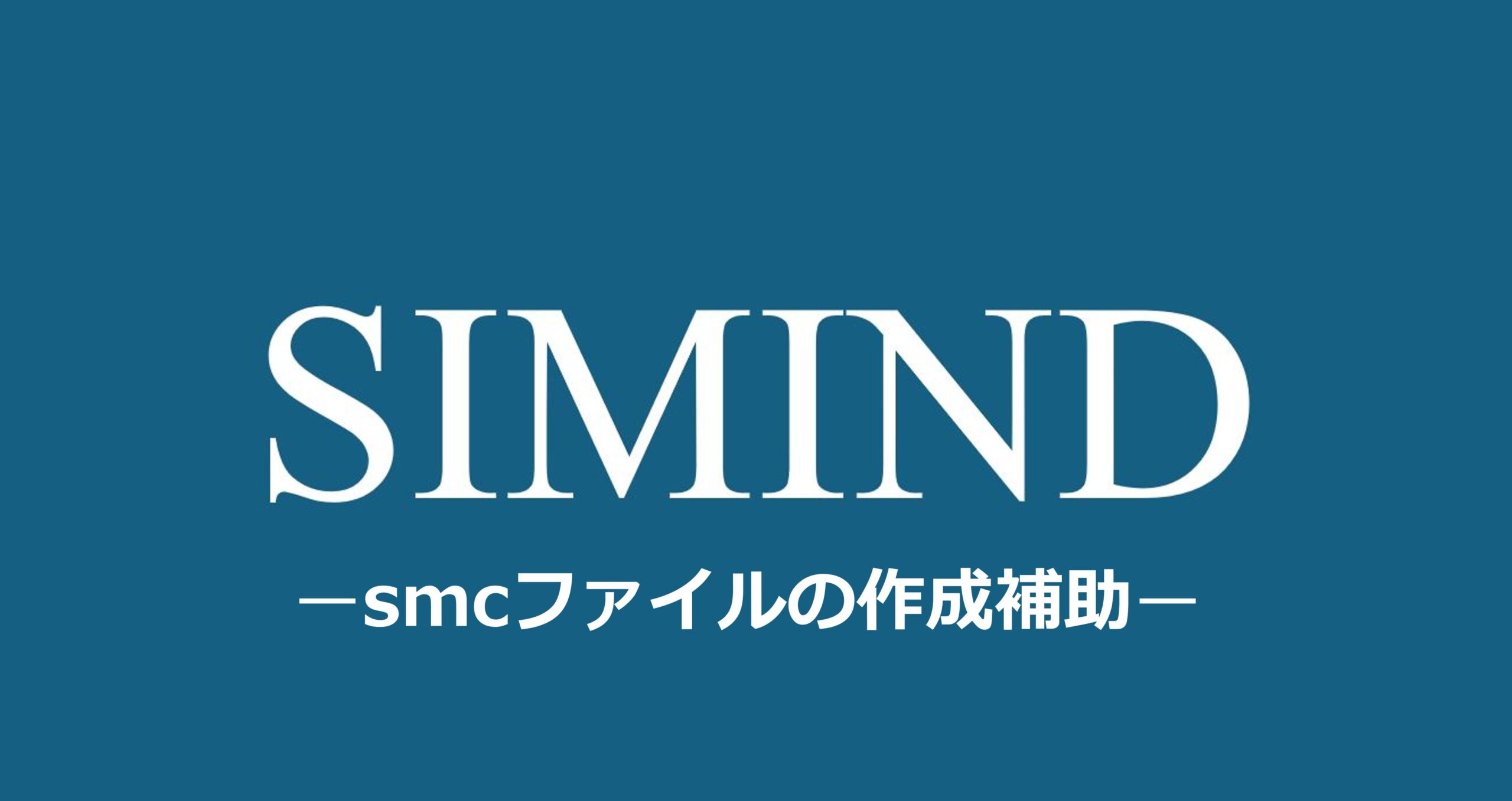Natural rotation
External rotation
Internal rotation
Natural rotation
Purpose
The natural rotation view is useful for patients who are unable to move their arms due to trauma.
Excellent observation of the glenohumeral joint (shoulder joint) for calcium deposits and other degenerative diseases in muscles, tendons, and joints.
Prior confirmation
Presence of fracture or dislocation. If suspected, do not move the arm.
Removing Obstacles.
Positioning
Standing or sitting position with back to the cassette.
With the palm of the affected side on the thigh, the line connecting the medial and lateral humeral epicondyles should be 45° to the film.
Face the non-affected side of the patient so that the X-ray does not exposure to the face.
CR, distance, field size
CR : Vertical incidence toward the scapulohumeral joint.
Distance : 100 cm.
Field size : Inferior angle of the scapula, right and left sides of the area including 2/3 of the clavicle
Exposure condition
Grid ( + ) : 70kV / 20mAs
Grid ( – ) : 60kV / 32mAs
Suspend respiration.
Image, check-point
Normal (Radiopaedia)
The projection of the greater tuberosity and lesser tuberosity is intermediate between the radiographs of the internal and external rotation positions. Thus, the greater and lesser tuberosities are projected to superimpose to humeral heads, respectively.
The proximal 1/3 of the humerus, the entire scapula, and the distal 3/2 of the clavicle are included.
Observe soft tissue tolerance so that calcification can be assessed.
Videos
Related Materials
External rotation
Purpose
Compared to the natural rotation view, it is superior in observing greater tubercle.
Excellent observation of the glenohumeral joint (shoulder joint) for calcium deposits and other degenerative diseases in muscles, tendons, and joints.
Prior confirmation
Presence of fracture or dislocation. If suspected, do not move the arm.
Removing Obstacles.
Positioning
Standing or sitting position with back to the cassette.
The shoulder joint on the affected side is externally rotated, and the line connecting the medial and lateral humeral epicondyles is parallel to the film. (If the patient is in maximum external rotation, external rotation should be performed as much as possible.)
Face the non-affected side of the patient so that the X-ray does not exposure to the face.
CR, distance, field size
CR : Vertical incidence toward the scapulohumeral joint.
Distance : 100 cm.
Field size : Inferior angle of the scapula, right and left sides of the area including 2/3 of the clavicle
Exposure condition
Grid ( + ) : 70kV / 20mAs
Grid ( – ) : 60kV / 32mAs
Suspend respiration.
Image, check-point
Normal (Radiopaedia)
The greater tubercle is projected tangentially and the lesser tubercle is projected over the anterior humeral head.
Videos
Related Materials
Internal rotation
Purpose
Compared to the natural rotation view, it is superior in observing lesser tubercle.
Excellent observation of the glenohumeral joint (shoulder joint) for calcium deposits and other degenerative diseases in muscles, tendons, and joints.
Prior confirmation
Presence of fracture or dislocation. If suspected, do not move the arm.
Removing Obstacles.
Positioning
Standing or sitting position with the back to the cassette.
The shoulder joint on the affected side is internally rotated, with the line connecting the medial and lateral humeral epicondyles perpendicular to the film. (If the patient is in maximum internal rotation, internal rotation should be used to the greatest extent possible.)
Face the non-affected side of the patient so that the X-ray does not exposure to the face.
CR, distance, field size
CR : Vertical incidence toward the scapulohumeral joint.
Distance : 100 cm.
Field size : Inferior angle of the scapula, right and left sides of the area including 2/3 of the clavicle
Exposure condition
Grid ( + ) : 70kV / 20mAs
Grid ( – ) : 60kV / 32mAs
Suspend respiration.
Image, check-point
Normal (Radiopaedia)
The greater tubercle is projected overlapping anteriorly on the humeral head, and the lesser tubercle is projected medially and tangentially.
Videos
Related Materials

























